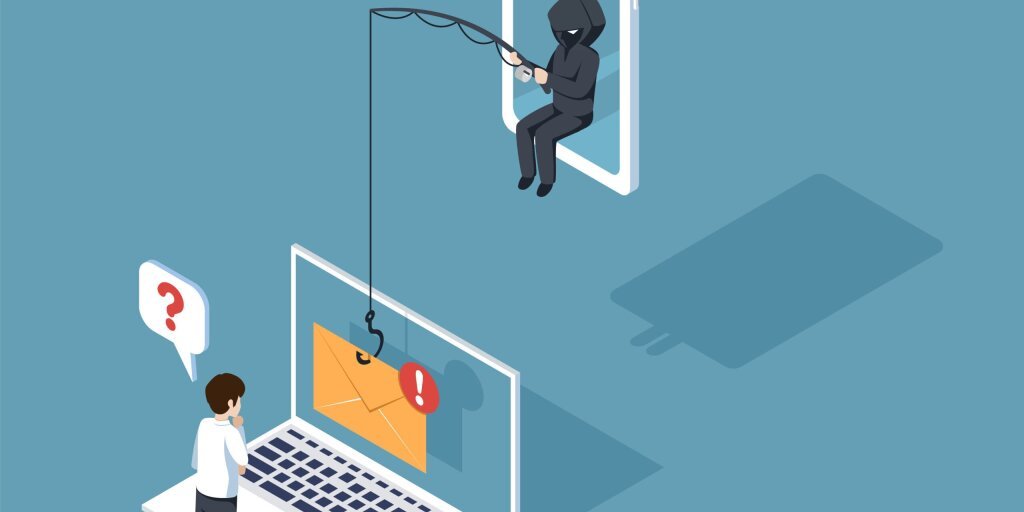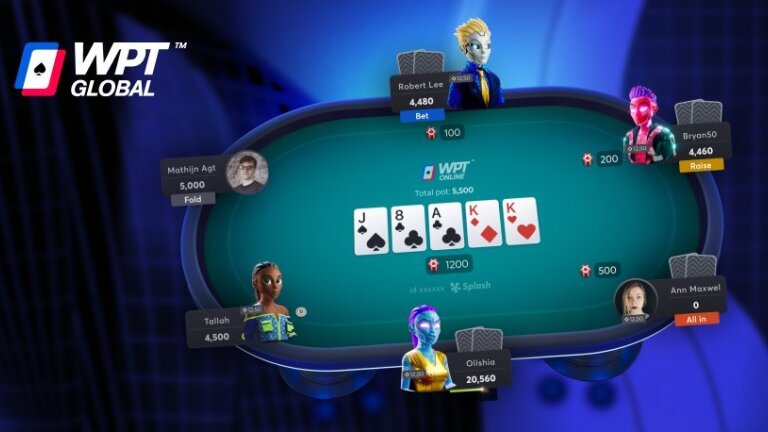A sophisticated phishing scam recently targeted an online poker player, stealing $80,000 in a matter of moments. Learn how the scam works and the steps you can take to protect yourself from becoming the next victim.
Online poker platforms are prime targets for fraudsters, as players often hold significant funds in their accounts. Both players and poker rooms face constant threats from scammers, who are continually evolving their tactics to exploit lapses in attention or weaknesses in security systems.
Recently, an NL1000 regular, known to be part of the RakeRace community, fell victim to a particularly deceptive scam, losing $80,000. The poker room is currently investigating the case, but it highlights the importance of vigilance and security awareness.
RakeRace and the affected player, whose identity remains confidential, believe it is crucial to expose how this scam operates and provide actionable tips to help others protect themselves.
How the Phishing Scam Works
1. Real Name Tables: An Advantage or a Risk?
Online poker platforms, like industry leader GGPoker, have introduced real name tables at higher stakes to enhance security and deter cheating. However, this has inadvertently created a security risk. Scammers can identify high-stakes players and, using their real names, often deduce email addresses. With this information, they can initiate a phishing attack.
Phishing scam: A fraudulent technique used to deceive individuals into sharing sensitive information, such as login credentials, passwords, or two-factor authentication (2FA) codes.
2. The First Step: A Convincing Email
After identifying a target and acquiring their email address, scammers send an official-looking email that appears to come from the poker room. These emails are expertly crafted to mimic the style and tone of legitimate communications, including branding, language, and design.
In the case at hand, the email requested acceptance of minor changes to the terms and conditions. Scammers often use similar tactics, such as referencing privacy updates or security checks, to make the email seem credible.
3. Redirecting to a Fake Website
The email contains a link to a fraudulent website that closely resembles the poker room’s official site. Victims are prompted to enter their login credentials and 2FA codes, which scammers capture in real-time to access the genuine account.
4. Modifying Security Settings
Once inside the account, scammers immediately disable 2FA. This subtle change often goes unnoticed by casual players.
Some poker platforms don’t require regular 2FA verification for logins from familiar devices. While convenient, this can allow scammers to act undetected. By the time a player realizes something is amiss, it may be too late.
5. Funds Disappear
After gaining control of the account, scammers transfer all available funds to their own accounts. While some platforms impose daily withdrawal limits, these vary, and even the largest poker rooms adjust their rules based on country-specific licensing requirements.
6. Scammers Target Additional Victims
Scammers don’t stop at stealing funds. They use compromised accounts to identify new targets, reviewing transaction histories for recipients of previous transfers.
In this case, after draining the account, scammers sent another convincing email claiming the account was under investigation and had been locked. They requested information about past transfer recipients, including their email addresses, under the guise of aiding the investigation.
Why This Scam Works
- Deceptive Details: The email and fake website replicate the original’s authenticity in every detail.
- Pressure Tactics: Messages often use urgent language to prompt quick action from victims.
- Weak Security Measures: Some poker rooms’ security protocols have gaps that allow scammers to act undetected.
How to Protect Yourself
- Avoid Clicking on Links Directly: Always navigate to the poker room’s official website or use their app.
- Verify the Email Sender: Check the email address carefully for inconsistencies or subtle changes.
- Inspect URLs: If you click on a link, scrutinize the URL for minor deviations that could indicate a fake site.
- Seek Assistance: When in doubt, contact the poker room’s customer service or seek guidance from trusted affiliates like RakeRace. RakeRace is actively working to help the affected player recover their bankroll.
Conclusion
Online scammers are employing increasingly sophisticated tactics to exploit vulnerabilities. While it may be convenient to keep large sums in your poker account, minimizing your balance and making regular withdrawals can significantly reduce the impact of a potential attack.
If you notice any suspicious activity, don’t hesitate to reach out to your poker room’s customer support. Staying vigilant and informed is your best defense against phishing scams.



















0 comments